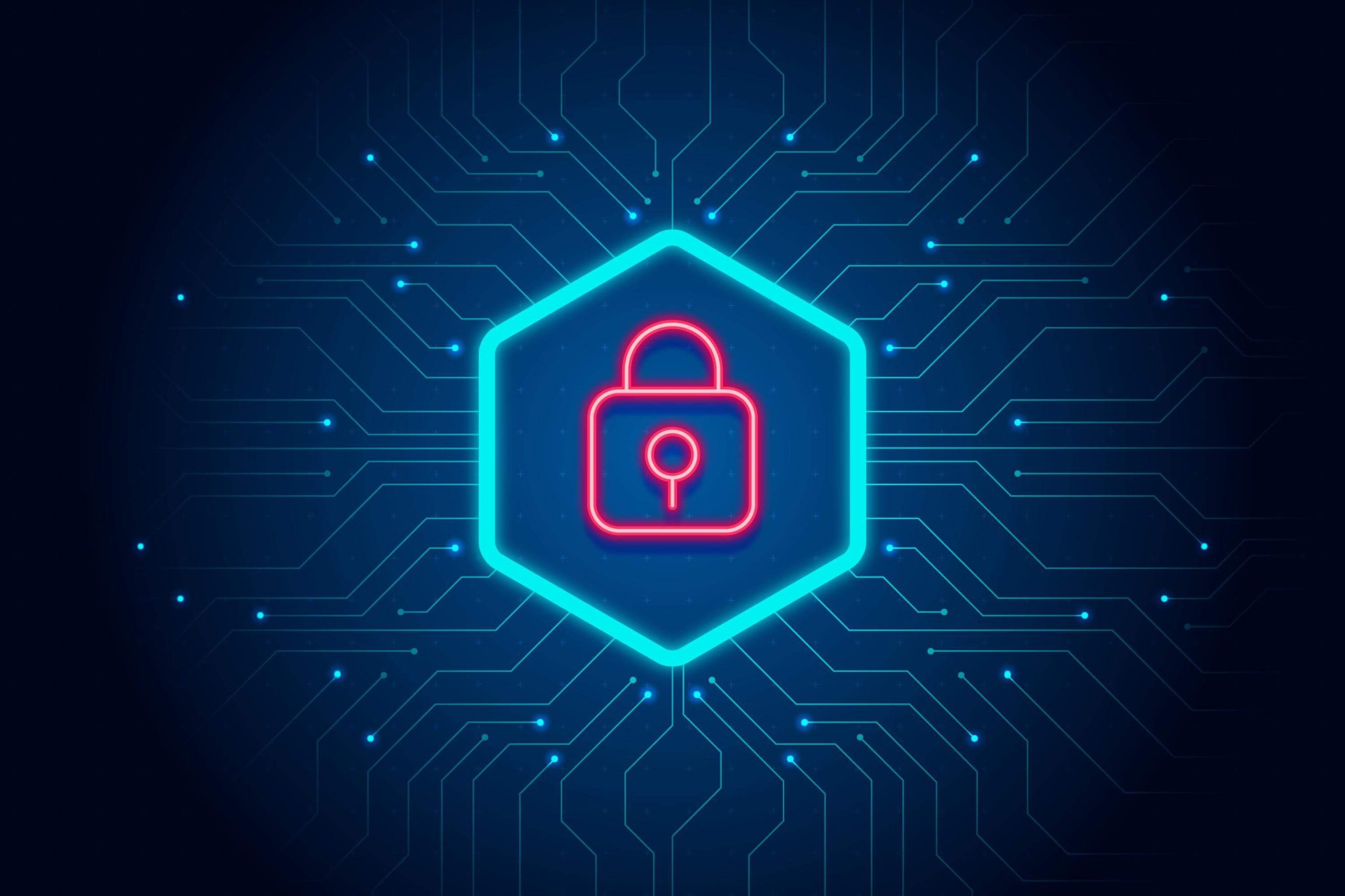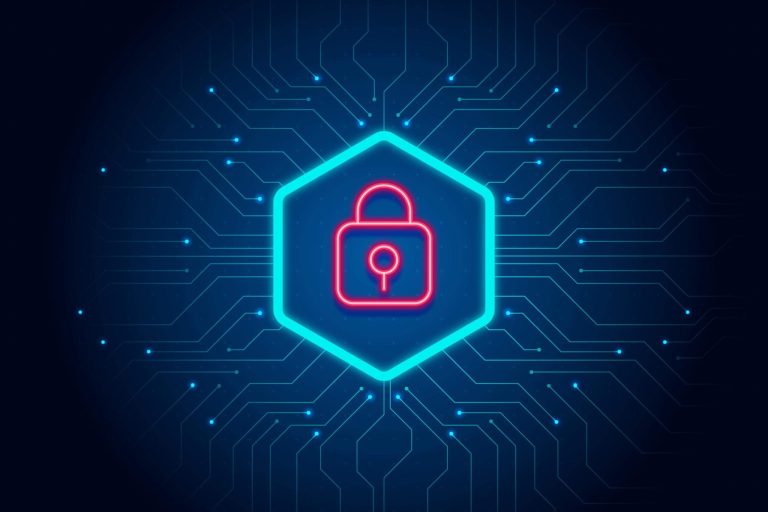How to Leverage Ping (ICMP) Monitoring in 2024: A Guide to Early Warning Systems for Cyber Attacks
In today’s digital landscape, uptime and reliability are crucial for any business operating online. Even minor disruptions can lead to financial losses, unhappy customers, and lasting damage to your brand’s reputation. This is where proactive monitoring and early warning systems become invaluable.
One powerful but often overlooked tool is ping (ICMP) monitoring. This monitoring method provides an early alert system for potential cyber attacks and suspicious activities targeting your infrastructure. By leveraging ping monitoring in 2024, you can get ahead of threats and maintain smooth operations.
This guide will explore how to implement ping monitoring for enhanced cybersecurity. We’ll also cover additional uptime monitoring services that can further strengthen the resilience of your online systems when paired with ping tracking.
An Introduction to Ping (ICMP) Monitoring
Ping monitoring involves sending regular ICMP (Internet Control Message Protocol) echo request packets to your servers and devices. If the requests fail to get a response, it likely indicates an issue.
Some key benefits of leveraging ping monitoring include:
- Early detection of outages: Ping tests quickly notify you if a system is unresponsive, allowing rapid incident response.
- Monitoring from global vantage points: Distributed monitoring locations enable early warning of localized issues.
- Cyber attack notifications: Unexpected ping failures signal potential DDoS or other cyberattack activities.
- Verification of system integrity: Regular successful ping replies indicate your infrastructure is operating correctly.
With cybercrime on the rise, ping monitoring provides an invaluable early warning system. Pairing it with other uptime monitoring protections can offer comprehensive protection for your online business systems.
Complementary Uptime Monitoring Services
While ping tracking is a crucial first layer of cyber defense, a multi-layered approach is recommended for robust cyber resilience. Let’s explore some other uptime monitoring services that perfectly complement ping monitoring.
Heartbeat Monitoring
Heartbeat monitoring takes the concept of ping testing to the next level. It goes beyond ICMP ping by sending regular HTTP or HTTPS requests to deeply validate your application’s status. If the heartbeat check fails to receive the right response, you will be promptly alerted to investigate.
This protects against a wider range of issues including website crashes, crippling performance slowdowns, DDoS attacks, and more. Heartbeat monitoring ensures the ongoing security of your internet-connected systems by checking their health multiple times per minute.
Port Monitoring
Your network ports are like doorways into your infrastructure. Port scanning is a common precursor to cyber attacks – hackers search for open ports to exploit.
Port monitoring provides continuous surveillance of your critical network ports. It can identify unusual activity in real-time such as port scans, allowing you to address threats before they escalate into a breach.
Pairing port monitoring with ping tracking offers well-rounded protection against stealthy cyberattackers probing your defenses.
Website Monitoring
Your website is the frontline of your online presence and revenue generation. Website monitoring offers all-around protection for your site.
It goes beyond basic uptime monitoring to detect a wide range of issues including performance slowdowns, broken pages, code errors, SEO problems, and malicious activities. Continuous website monitoring is like having an expert watching over your site 24/7 to catch problems before customers notice them.
Website monitoring paired with ping tracking provides robust protection against cyber attacks aimed at disrupting your website and brand reputation.
DNS Record Monitoring
DNS record monitoring is another valuable add-on. DNS translates human-readable domain names into machine IP addresses – it acts as the internet’s phone book. DNS hacking can send your website traffic to malicious clone sites.
By monitoring your domain’s DNS records, any unauthorized changes are immediately detected. This prevents DNS hijacking to steal traffic or spread disinformation through cloned sites. Integrating DNS record monitoring with ping tracking and other monitoring protects the integrity of your online systems.
The Benefits of Status Pages
When inevitably issues do occur, your customers will be much more understanding if you offer transparency. Status pages provide public real-time updates during incidents like cyber attacks and web disruptions.
Status pages demonstrate you are on top of the situation and actively working to mitigate problems. This builds trust and calm, reducing customer inquiries and brand reputation damage.
Dedicated status pages should highlight:
- Ongoing issues being addressed
- Scheduled maintenance windows
- Historical incident reports
- Subscriber notifications and RSS feeds
With integrated status pages, ping monitoring can automatically update subscribers the moment abnormalities are detected. This transforms early warning systems into timely customer communication channels.
Consider status pages as essential tools for cyberattack preparedness and shaping public perceptions during incidents.
Monitoring Server Resources
Your web applications and digital services rely on the underlying server resources. Unusual activity in server resources can reflect emerging issues.
Monitoring tools like Network Notification provide easy monitoring of crucial Linux server resources including:
- CPU Usage: Spikes may indicate DDoS attacks or configure leaks.
- Memory Utilization: Shortages can cause slowdowns and crashes.
- Disk Space: Tracking consumption helps avoid outages from filled capacity.
- System Load Averages: Rising load can reveal problems before services are impacted.
Combining server resource monitoring with ping tracking offers a more complete picture of your infrastructure’s health and attack surface monitoring. This allows holistically addressing threats rather than just the symptoms.
Tracking Cron Jobs
Cron jobs are important scheduled tasks that run in the background like backups, report generation, and email newsletters. If cron jobs fail to trigger, it can seriously disrupt operations.
Network Notification enables easy cron job tracking by sending a GET or POST request when jobs execute. If the request doesn’t arrive, you’re alerted to investigate. This ensures your cron jobs continue running and prevent gaps in critical scheduled tasks.
Cron tracking combined with ping monitoring provides broad infrastructure surveillance with both active and passive monitoring. Together they offer reassurance that operations are flowing smoothly.
Effective Notification Systems
Real-time monitoring is only half the equation – prompt notifications are equally crucial. Even seconds can count when responding to cyber attacks and web disruptions.
Robust notification systems like Network Notification enable configuring comprehensive alerts across:
- Phone Calls – for urgent escalations needing immediate attention.
- Email – the most common alert method, sending detailed incident reports.
- SMS – reaches you anywhere with mobile alerting.
- Slack / Discord – integrates monitoring with popular workplace chat apps.
- Telegram – alternative chat channel supporting bots and groups.
- Webhooks – call custom URLs to connect with internal and third-party services.
With multi-channel notifications, the moment abnormal ping results are observed, your entire response team can be mobilized into action. Integrated notifications enable leveraging monitoring data to maximum impact.
Incident Response Automation
Despite the best monitoring, incidents will inevitably occur. Your reaction speed is crucial for mitigating downtime and brand reputation loss.
Incident response automation assists through features like Network Notification’s integration with status pages. This enables:
- Automated incident tracking – detected threats immediately create status page entries.
- Subscriber alerts – subscribers receive real-time updates through RSS feeds and email notifications.
- Post-incident reports – status page history provides incident transparency.
With appropriate response protocols in place, your team can react reliably and efficiently each time threats are detected. Automated interfaces like status pages make reliable incident response achievable during stressful situations.
Proactive monitoring lays the foundation and incident automation takes action, together minimizing disruption.
Monitoring SSL Certificates
SSL certificates create the padlock and HTTPS protocol protecting your site. If certificates expire without renewal, it can lead to browsers showing security warnings. This results in lowered conversion rates and SEO problems.
SSL certificate monitoring tracks expiration dates and sends renewal reminders. It ensures you never miss renewals that could impact trust in your website. Certificate monitoring also detects issuance of unauthorized certificates for your domain by other entities.
Pairing SSL monitoring with ping tracking provides expansive oversight of critical components – both your server infrastructure and security certificates. Automated monitoring enables proactively identifying and addressing weaknesses.
Tracking Domain Expiration Dates
Another monitoring weak point is domain expiration. Domain registrations must be continually renewed. If you fail to do so, your domain could be snapped up by cybersquatters.
Domain monitoring tracks expiration dates across your domains and subdomains. Notifications ensure you renew protection of your online real estate and brand identity. Losing domains means lost visitors, revenues, and crushing search engine visibility.
Regular domain checks complement ping monitoring by covering gaps outside your core infrastructure. Comprehensive monitoring capabilities reinforce cyber resilience from all angles.
Collaboration for Effective Incident Response
Uptime protection is a team effort spanning IT staff, executives, PR teams, and other stakeholders. Siloed monitoring helps detect issues but coordinated action is needed for mitigation.
Collaboration features like Network Notification’s team access are central to resilient operations. This allows securely adding team members into your monitoring system. Together you gain:
- Shared alerting – notifications reach the right people immediately.
- Incident coordination – team chat and assignment streamlines mitigation.
- Public relations – PR experts can monitor public-facing communications via status pages.
- Executive updates – dashboard summaries and reports keep leadership informed.
With collaborative workflows, detected threats trigger smooth and rapid response across your organization. Your team transforms from isolated responders into an integrated incident response unit.
Collaboration transforms monitoring data into actionable protection through coordinated human expertise. Technology detects issues but people are needed to address root causes before they cascade into outages.
Achieving Quick Setup and Results
Many organizations put off proactive monitoring due to complex setup and costly over-engineering. This leaves gaps in protection.
Network Notification focuses on user-friendly onboarding so you can start monitoring in under one minute. No technical experience is required through features such as:
- Intuitive dashboards – easily configure and customize monitors and notifications.
- Pre-built templates – instantly track website, ports, certificates, and more.
- Global monitoring – multi-region vantage points without infrastructure costs.
- Uptime infrastructure – Network Notification handles everything in the cloud.
With quick and painless setup, there are no excuses for leaving vulnerabilities unmonitored. Even non-technical users can implement monitoring to proactively protect their online systems and customers.
Conclusion
Cybercrime is on the rise, threatening online businesses through techniques like DDoS attacks and covert infrastructure infiltration. Ping monitoring provides an invaluable early warning system for detecting abnormalities and cyber threats.
However, comprehensive protection requires a layered approach combining complementary monitoring like heartbeat checks, port monitoring, website monitoring, and SSL tracking. Collaborative incident response ensures your team can swiftly mitigate detected threats.
Easy-to-use monitoring through solutions like Network Notification makes robust cyber resilience attainable for organizations. The time is now to implement proactive infrastructure monitoring – before attackers exploit the gaps. Leverage the latest tools to go beyond reactive security and implement genuine cyber resilience. Signup today and start monitoring your tech stack in less than 30 seconds!



